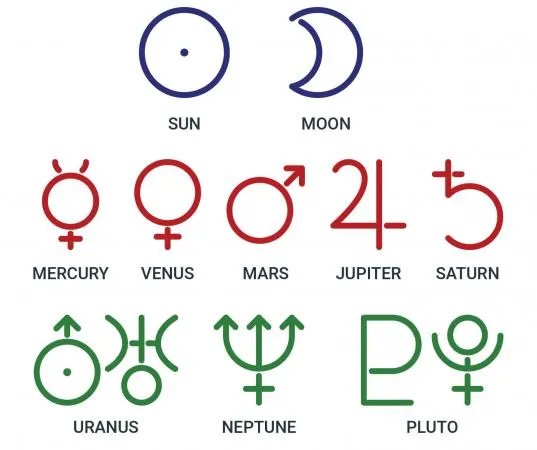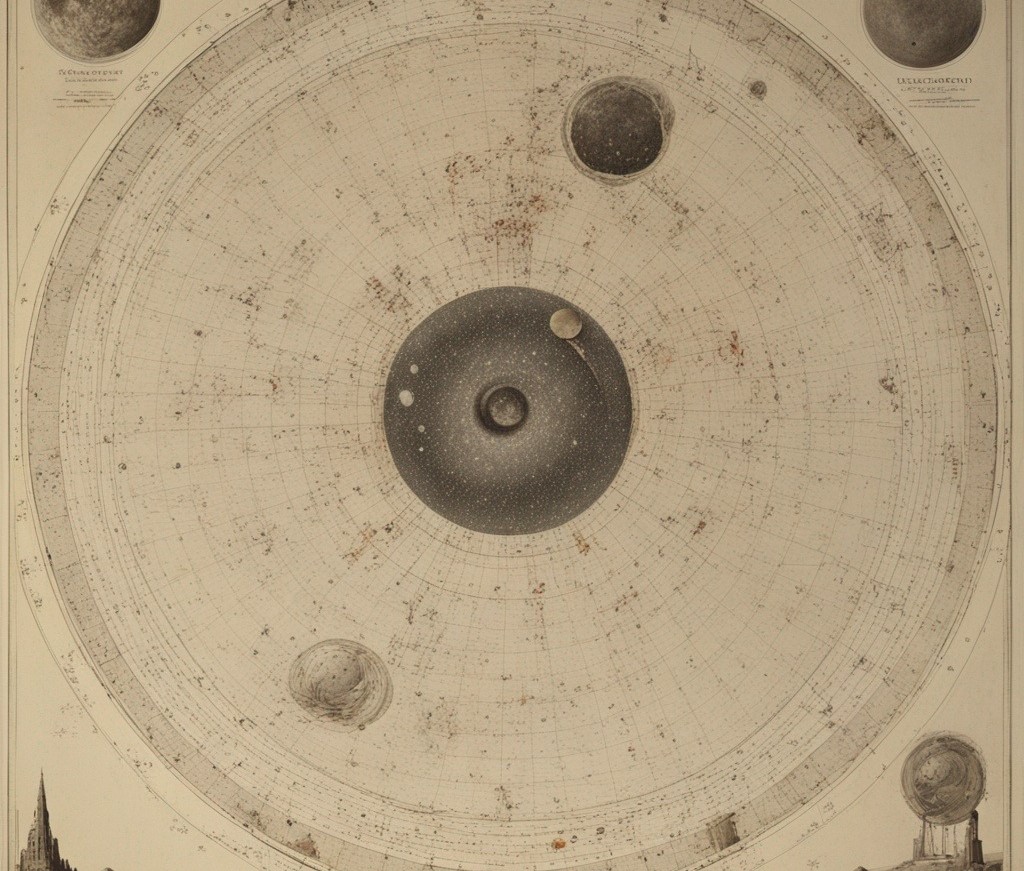The Truth About Astrocartography: Does It Really Work?
What Is Astrocartography?

Astrocartography, also known as locational astrology, is a practice that combines astrology with geography to map the planetary influences at the time of an individual's birth onto the Earth's surface. Pioneered by astrologer Jim Lewis in the 1970s, this technique aims to identify locations around the world that may have specific astrological significance for a person. By analyzing these locations, individuals can gain insights into how different places might affect various aspects of their lives, such as career, relationships, and personal growth.
How Does Astrocartography Work?
Astrocartography involves projecting the positions of the planets and other astrological points from an individual's natal chart onto a world map. This projection creates lines across the map, each representing a location where a particular planet was "angular" (rising, setting, at the zenith, or nadir) at the time of birth. These angular positions are believed to intensify the planet's influence in those specific regions.
Key Components:
- Natal Chart: A snapshot of the sky at the exact time and place of an individual's birth, detailing the positions of the planets and other celestial points.
- Angular Planets: Planets located on the Ascendant (rising), Descendant (setting), Midheaven (zenith), or Imum Coeli (nadir) in the natal chart.
- Astrocartography Map: A world map overlaid with lines indicating where each planet was angular at the time of birth.
The Key Lines in Astrocartography and Their Meanings
Each line on an astrocartography map corresponds to a planet and signifies the areas where that planet's energy is most potent. Understanding these lines can help individuals determine which locations might best support their goals and well-being.
Primary Planetary Lines:

-
Sun Line (☉):
- Influence: Enhances confidence, personal power, and recognition.
- Potential Experiences: Opportunities for leadership and self-expression; feeling more vibrant and alive.
-
Moon Line (☽):
- Influence: Affects emotions, intuition, and domestic life.
- Potential Experiences: Heightened sensitivity; a strong sense of home and belonging; potential mood fluctuations.
-
Mercury Line (☿):
- Influence: Governs communication, intellect, and travel.
- Potential Experiences: Increased social interactions; opportunities for learning and teaching; frequent short trips.
-
Venus Line (♀):
- Influence: Relates to love, beauty, and finances.
- Potential Experiences: Attracting harmonious relationships; enhanced creativity; financial gains.
-
Mars Line (♂):
- Influence: Associated with energy, ambition, and conflict.
- Potential Experiences: Increased drive to achieve goals; potential for confrontations; heightened physical activity.
-
Jupiter Line (♃):
- Influence: Symbolizes growth, luck, and wisdom.
- Potential Experiences: Opportunities for expansion in various life areas; beneficial connections; a sense of optimism.
-
Saturn Line (♄):
- Influence: Represents discipline, challenges, and structure.
- Potential Experiences: Facing responsibilities; opportunities for personal growth through overcoming obstacles; feelings of restriction.
-
Uranus Line (♅):
- Influence: Pertains to innovation, change, and unpredictability.
- Potential Experiences: Sudden shifts in life circumstances; a desire for freedom; unconventional experiences.
-
Neptune Line (♆):
- Influence: Relates to spirituality, dreams, and illusions.
- Potential Experiences: Deepened spiritual practices; potential for confusion or escapism; heightened creativity.
-
Pluto Line (♇):
- Influence: Involves transformation, power, and rebirth.
- Potential Experiences: Profound personal changes; encounters with power dynamics; opportunities for regeneration.
It's important to note that the effects of these lines can vary based on individual natal charts and the specific locations in question. Consulting with a professional astrologer can provide personalized insights.
Scientific Perspective: Is There Any Evidence?
Astrocartography, like other forms of astrology, lacks empirical support from the scientific community. Critics argue that its principles are based on symbolic interpretations rather than measurable data. Studies have not demonstrated a causal relationship between planetary positions and human experiences in different geographical locations. As such, astrocartography is often regarded as a belief system or a form of entertainment rather than a science.
While many individuals report personal insights and meaningful experiences through astrocartography, these accounts are anecdotal and subjective. For those interested in exploring this practice, it's advisable to approach it with an open mind and a critical perspective, recognizing its basis in astrological tradition rather than scientific validation.
Personal Experiences and Anecdotal Evidence
Astrocartography has garnered attention for its claims to reveal how different geographical locations influence an individual's life experiences. While scientific validation is limited, numerous personal accounts provide insight into its perceived impact.
Positive Experiences
- Enhanced Personal Growth: Some individuals report significant personal development after relocating to areas aligned with favorable planetary lines.
- Improved Relationships: Relocating under certain planetary influences, such as Venus lines, has been associated with forming harmonious relationships.
- Career Advancements: Moves to locations under Jupiter lines are often linked to increased professional opportunities and success.
Challenges and Negative Experiences

- Emotional Turbulence: Living under Moon lines may lead to heightened emotional sensitivity, which can be overwhelming for some.
- Increased Conflict: Residences on Mars lines have been associated with heightened aggression or confrontations.
- Feelings of Restriction: Some individuals feel constrained or burdened when living under Saturn lines.
Common Misconceptions About Astrocartography
Misconception 1: Universal Beneficial Lines
Reality: While Venus and Jupiter lines are often considered favorable, their effects can vary based on an individual's unique natal chart.
Misconception 2: Predictive Certainty
Reality: Astrocartography does not predict specific events but rather suggests potential energies or influences in different locations.
Misconception 3: Immediate Effects
Reality: The influences of astrocartography lines may take time to manifest.
Misconception 4: Sole Determinant of Experience
Reality: Numerous factors—including personal choices, cultural differences, and socioeconomic conditions—also shape one's experiences in a new location.
Conclusion
Astrocartography offers a unique lens through which individuals can explore potential influences of different geographical locations on their lives. While many find personal value and insights in this practice, it remains a subjective tool without scientific endorsement. Those interested in astrocartography are encouraged to approach it with an open yet discerning mind, considering it as one of many factors in their personal decision-making processes.




